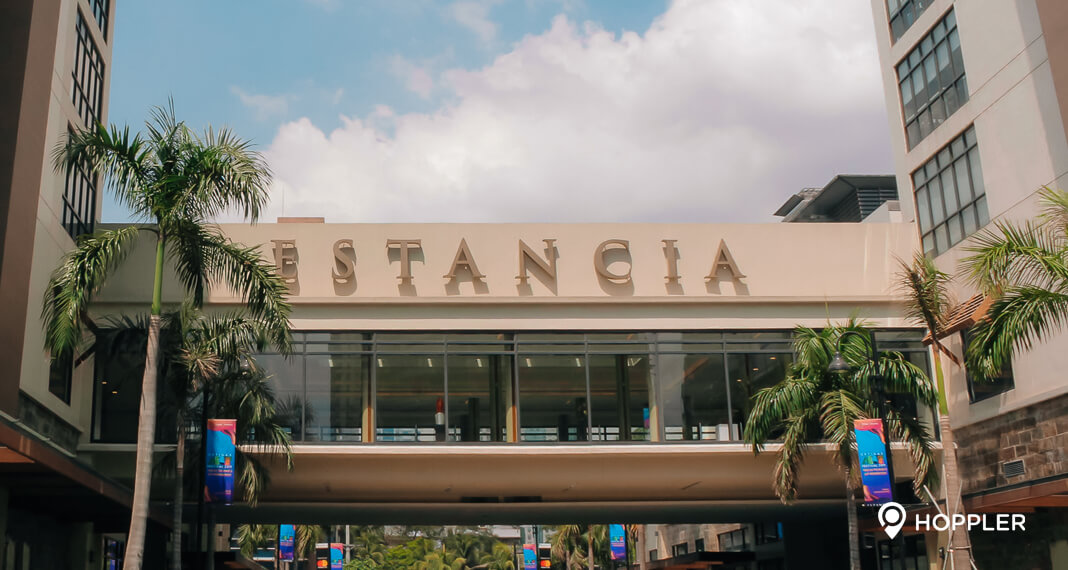Top 9 Industries in the Philippines
In July 2015, former Philippine President Benigno Aquino said 20 industries are expected to show continued growth from short to medium term. Foreign investors are attracted to the strong macroeconomic growth, and recent political stability in the country.
Out of the 20, let’s take a look at the top 9 industries and what they offer:
-
Business Process Outsourcing
The first on the list of these sunshine industries are the information technology (IT) and business processing management (BPM) sectors. According to the 2015 report by the CB Richard Ellis Group (CBRE), the Business Process Outsourcing (BPO) sector continues as the main driver for investment. Over one million Filipinos are employed by BPOs generating roughly 11% of the country’s GDP and it is estimated that 1.5M new jobs will be created next year by the BPO sector.
-
Retail
Parallel to BPO’s continuous growth, the retail sector also enjoys investor’s interest. Filipino shoppers now enjoy more brand choices as foreign retailers enter the market. Recently, we have been seeing brands like Uniqlo, Cotton On and H&M setting up shops in the metropolis.
Developers have adopted the retail-tainment concept. Malls are not only havens for shopping but as venues for entertainment. One good example is the Arena in The SM mall of Asia or Samsung Hall in SM Aura.
-
Gaming
Philippines is being set up to rival Macau in the gaming sector. The casinos at Entertainment City are set to be joined by Okada Group’s Manila Bay Resorts and Resorts World Bayshore, both of which are set to open in 2016 and 2018 respectively. Industry analysts are expecting double-digit revenues as licensed casino operators like Travellers International Hotel Group, Bloombery Resorts Corp., Melco Crown Philippines Resorts Corp., and Tiger Resorts come online.
The gaming industry consequently will positively impact hospitality and leisure sectors, in response to the expected demand for accommodation from incoming tourists.
-
Hospitality and Leisure
In 2013, tourists hit 4.7M. Total earnings from tourism in 2014 amounted to US$4.84B, higher by 10% from 2013 levels of US$4.40B. The government aims to attract 10.0 million tourists by 2016. To spur growth, it liberalized aviation policy and removed taxes on international airlines. This growth is reflected in the expansion of Entertainment City where casino hotels have added 1000 new hotel rooms supplied by Solaire Sky tower, including Nobu Hotel and Hyatt Hotel of City of Dreams.
-
Real Estate
Impacting the growth stemming from the BPO sector, all businesses servicing it are expected to have a boost. One lucky industry is the real estate. Even though in the last quarter of 2014, vacancy rates in key business districts – Makati, Bonifacio Global City, Ortigas, Quezon City, Pasay, and Alabang – dropped and overall vacancy rates for Prime and Grade A buildings in Metro Manila slipped from 2.53% to 2.13% quarter-on-quarter, investors remain positive and on track.
Demand for office space is on a steady incline as landlords increased rents to PhP 1,306.08 per square meter of prime office space and PhP 898.87 for Grade A in Makati CBD; PhP 848.34 per square meter in Bonifacio Global City; PhP 604.71 per square meter in Ortigas; and PhP 606.84 per square meter in Alabang.
-
Manufacturing
The manufacturing sector has grown 10 % since the last quarter of 2013 which accounts for 55% of GDP. What further gives this growth stability is that the expansion in manufacturing is broad-based coming from shipping, medical products, toys, auto parts, and agriculture. Manufacturing accounted for 20 to 23% of GDP last year.
The Department of Trade and Industry (DTI) records show that apart from IT and BPM, manufacturing is a sector that is of interest to visiting firms doing trade missions in the country. DTI Undersecretary Ponciano Manalo Jr. said that 50 out of 200 investment inquiries are about manufacturing. Investors come from the United States and European nations.
-
Construction
Construction contributed about one-third of fixed investment growth of 11.7% in 2012. The Asian Development Bank reported that construction sustained double-digit expansion, with increases in both the public and the private sectors, contributing more than 40% of GDP growth in 2013.
Construction is forecasted to remain buoyant with double digit growth. The infrastructure budget in 2014 was raised equivalent to 3.0% of GDP. Infrastructural projects included building national roads and bridges, rail systems, and ports to provide better access to the provinces.
-
Energy & Automotive
The energy sector recorded a total of 19 energy projects by the first half of the year, worth Php 159B, which is expected to generate 2,064 megawatt power to address the power cuts and shortages in the provinces.
-
Shipbuilding
Trade undersecretary Manalo also said that even the aerospace and shipbuilding industries have drawn interest from investors overseas and are both poised to be sunrise industries as well. Jose Luis Yulo Jr., president of the Chamber of Commerce of the Philippine Islands (CCPI), said that the shipbuilding and aerospace sectors are likely to be sunshine industries given investor interest, at the same time “to bridge the islands of the Philippines.”
This truly shows that Philippines is continuously becoming an ‘investor magnet’ for both local and international market.
If you are looking for places for your new investments, check our wide array of commercial listings.



